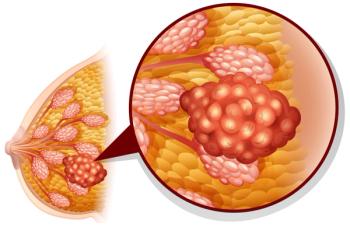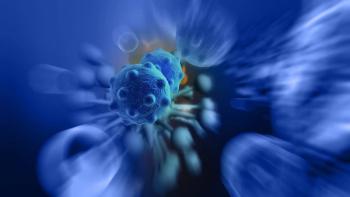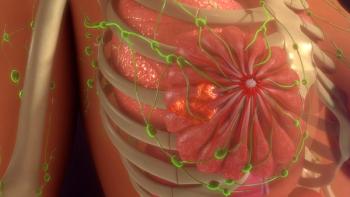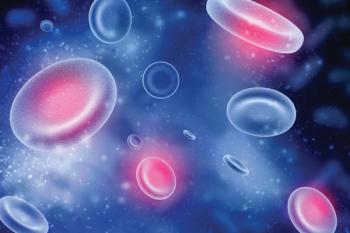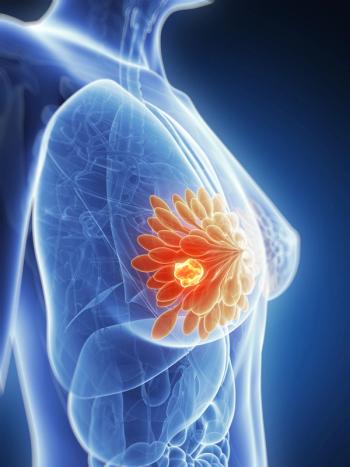
Top 6 Highlights From the 2014 ASCO Breast Cancer Symposium
This slide show includes some of the highlights from the 2014 ASCO Breast Cancer Symposium, including an increase in BRCA testing, the Angelina Jolie effect, how to boost screening rates, a link between BRCA mutations and triple-negative disease, and more.
References:
1. Raphael J, Verma S, Hewitt P, Eisen A. The impact of Angelina Jolie’s (AJ) story on genetic referral and testing at an academic cancer centre. 2014 American Society of Clinical Oncology (ASCO) Breast Cancer Symposium. Abstract 44.
2. Chan EK, Wilson C, Tyldesley S, et al. Improving screening mammography return rates in overdue women: A randomized study of signed reminder letters from family physicians. 2014 American Society of Clinical Oncology (ASCO) Breast Cancer Symposium. Abstract 1.
3. Mamounas EP, Cortazar P, Zhang L, et al. Locoregional recurrence (LRR) after neoadjuvant chemotherapy (NAC): Pooled-analysis results from the collaborative trials in neoadjuvant breast cancer (CTNeoBC). 2014 American Society of Clinical Oncology (ASCO) Breast Cancer Symposium. Abstract 61.
4. Silva AK, Lapin B, Yao K, et al. A NSQIP analysis of 30-day complications after bilateral versus unilateral mastectomy with immediate reconstruction. 2014 American Society of Clinical Oncology (ASCO) Breast Cancer Symposium. Abstract 62.
5. Chun J, Schnabel FR, Schwartz S, et al. Prevalence of BRCA2 mutations and other clinical characteristics in women with triple-negative breast cancer. 2014 American Society of Clinical Oncology (ASCO) Breast Cancer Symposium. Abstract 160.
6. Schneble EJ, Perez SA, Murray JL, et al. Primary analysis of the prospective, randomized, phase II trial of GP2+GM-CSF vaccine versus GM-CSF alone administered in the adjuvant setting to high-risk breast cancer patients. 2014 American Society of Clinical Oncology (ASCO) Breast Cancer Symposium. Abstract 134.
Newsletter
Stay up to date on recent advances in the multidisciplinary approach to cancer.


